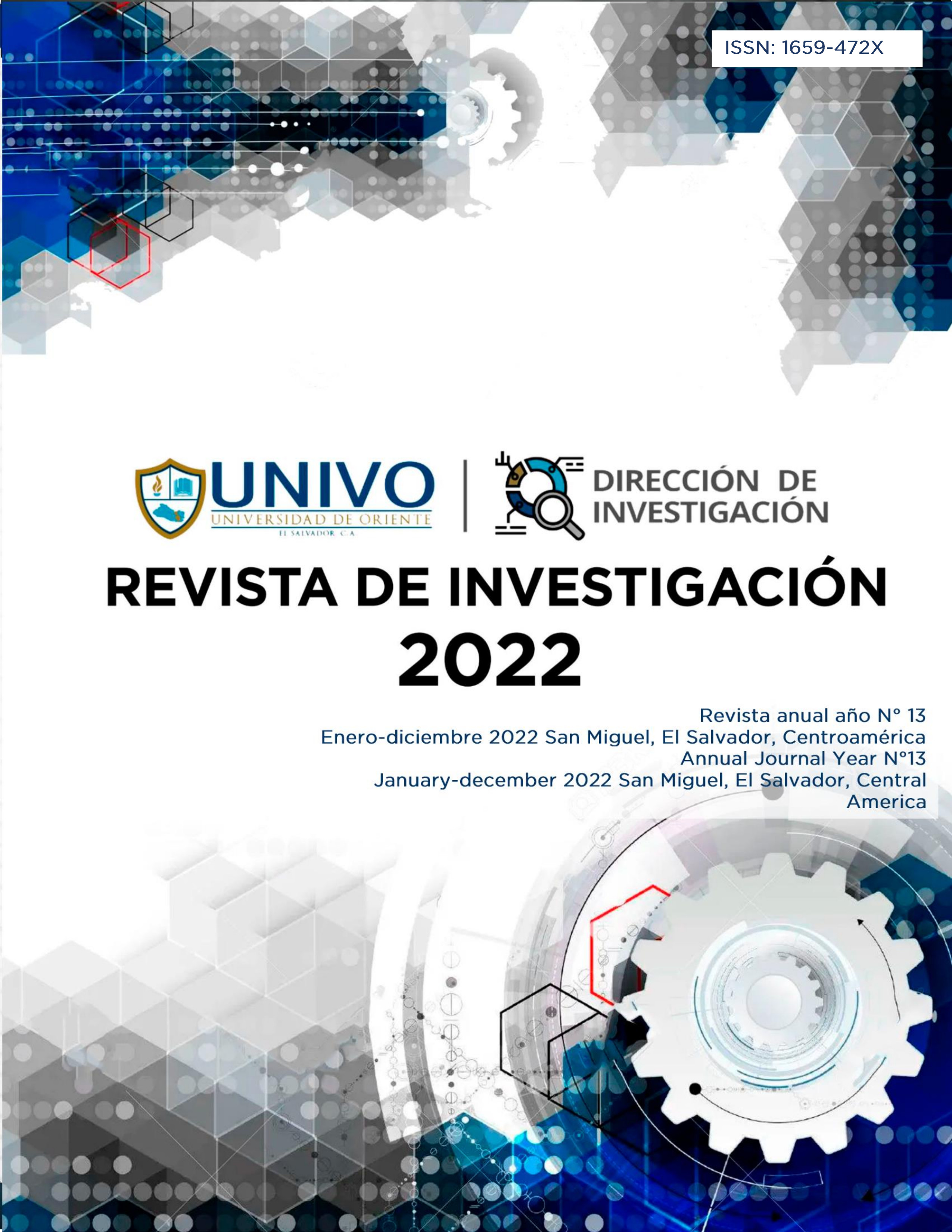Evolución de las preferencias de admisión universitaria: un enfoque de minería de datos con CRISP-DM
Contenido principal del artículo
Resumen
Con el objetivo de identificar preferencias y encontrar patrones relacionados, este artículo sirve como guía para la aplicación de la metodología CRISP-DM en la minería de datos en la educación superior. Este estudio busca analizar casos de preferencias estudiantiles al ingresar a la universidad y cómo estos análisis pueden utilizarse para tomar decisiones relevantes en cuanto a la captación de nuevos estudiantes potenciales, definiendo claramente cada característica de interés para la universidad. Explora cómo analizar datos utilizando la metodología CRISP-DM y cómo presentar los resultados eficazmente.
##plugins.themes.bootstrap3.displayStats.downloads##
##plugins.themes.bootstrap3.displayStats.noStats##
Detalles del artículo
Número
Sección
Articles

Esta obra está bajo una licencia internacional Creative Commons Atribución-NoComercial-CompartirIgual 4.0.
Cómo citar
Evolución de las preferencias de admisión universitaria: un enfoque de minería de datos con CRISP-DM. (2025). Revista De Investigación UNIVO, 1(13), 108-123. https://doi.org/10.5377/63r01g68

